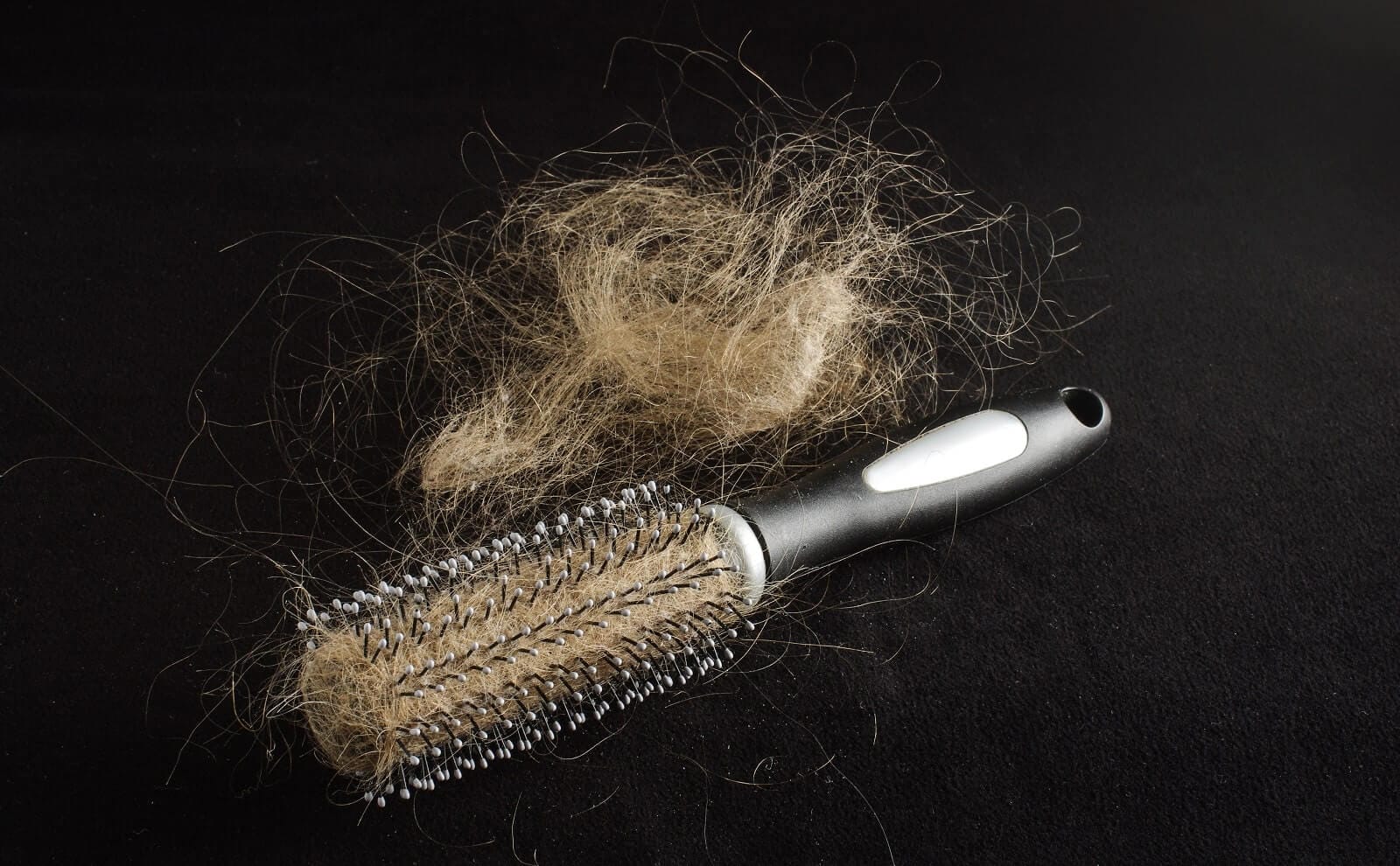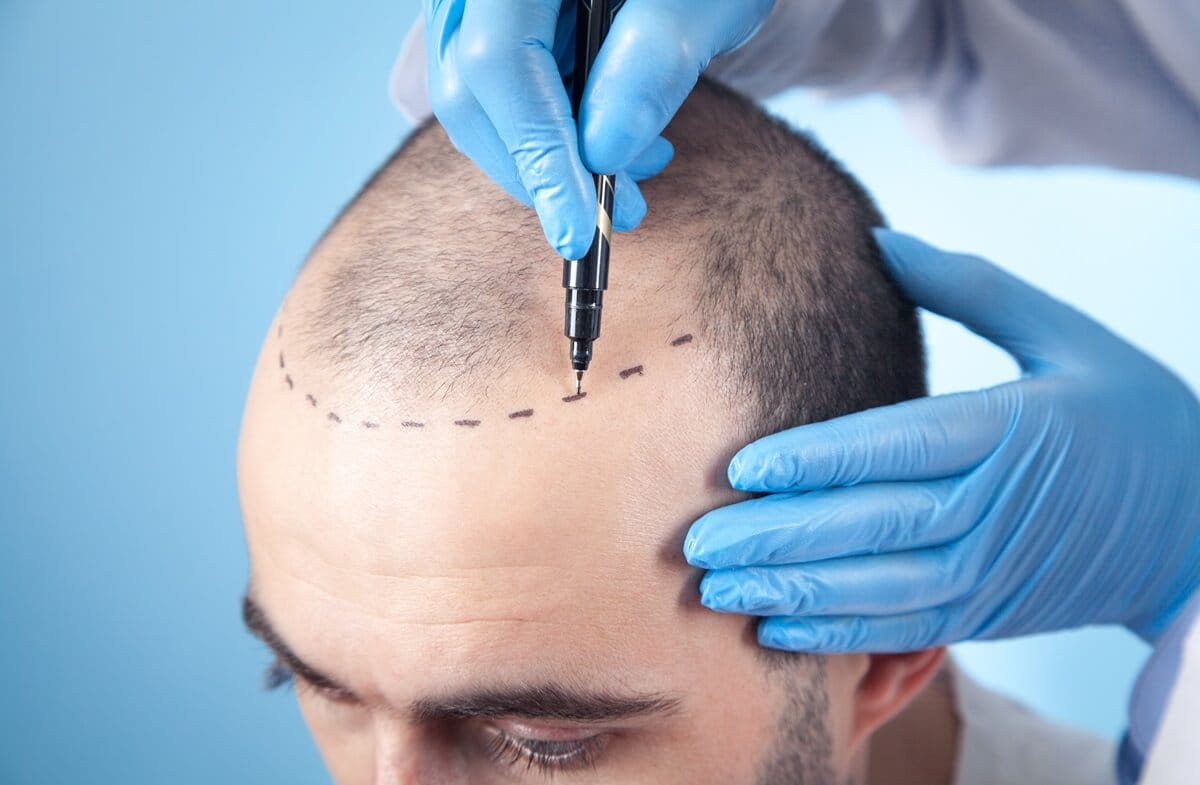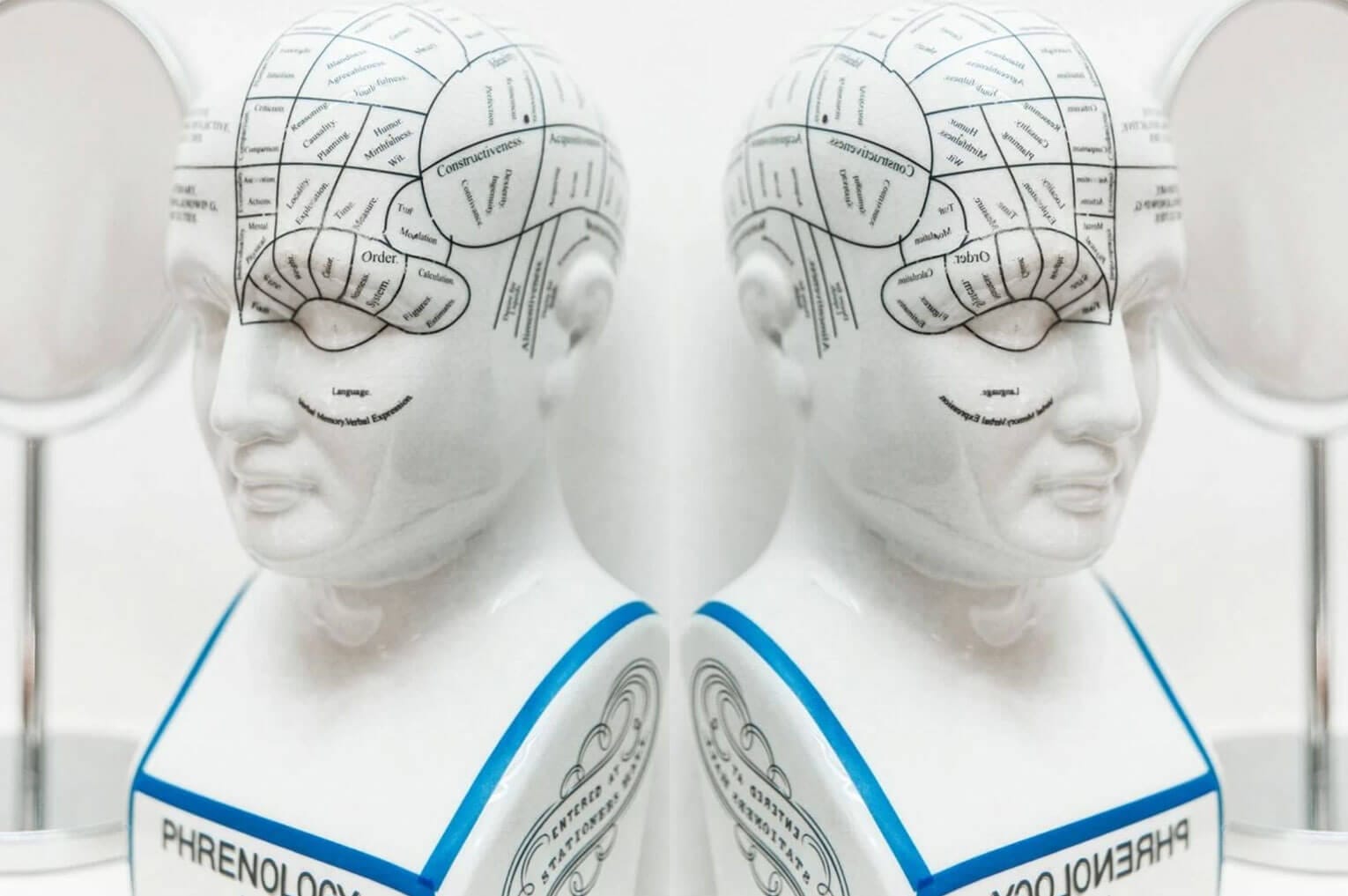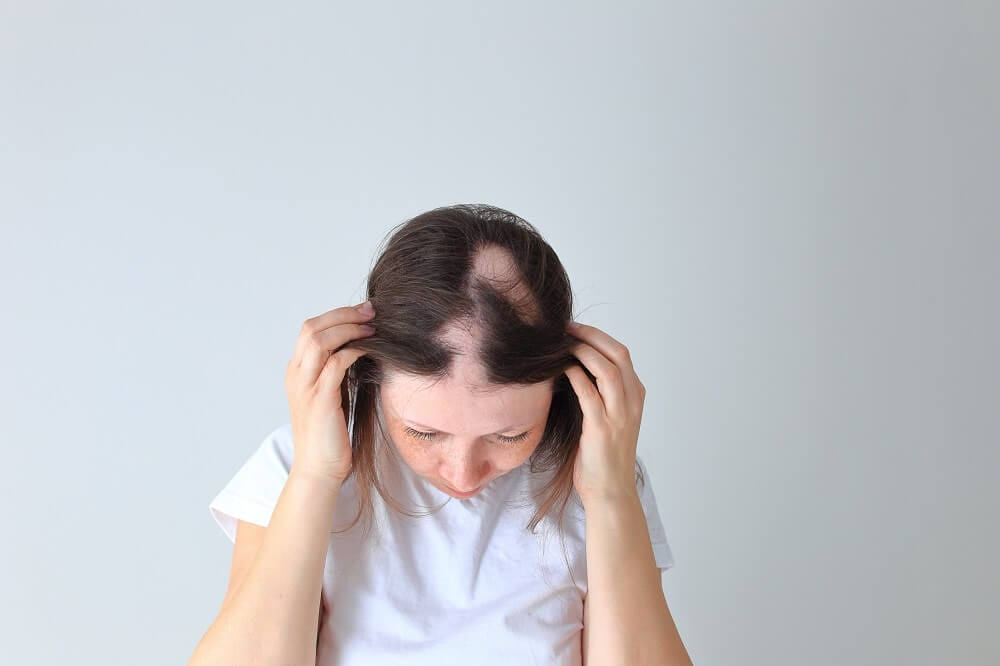So You’re Losing it
Maybe you woke up one morning and it shocked you. Maybe you’ve been slowly noticing it a little more every day, but you’ve convinced yourself otherwise. Maybe it’s just the lighting in the bathroom. Maybe no one else noticed it. Maybe it’s not that bad…
Hair loss.
Let’s face it – it’s not fun and no one likes to talk about it. Symptoms are all too often ignored until one day, someone makes a ‘harmless joke’ about you losing more hair than what’s on your head and there’s no looking back.
If you’re experiencing hair loss, you know how embarrassing it can be and how awkward it is to try and hide the situation. For many, losing your hair feels crippling, affecting not only your appearance but taking a serious toll on your self-esteem and confidence. It’s no wonder that hair loss is ranked as the third most common complaint among men.
While hair loss may seem like a touchy topic to discuss, it’s also an incredibly common one, affecting 85% of men and 40% of women by the time they are respectively 50 and 40. Whether it’s a receding hairline, thinning hair, or balding scalp, you’re not the only one. What’s important is knowing what to look for, understanding the different contributing factors, and how to treat them individually.
Symptoms of Hair Loss
One of the biggest issues with hair loss is that the signs are often so subtle that by the time you notice, it could be months or years down the line. That’s because hair loss is common. The average person loses between 50 and 100 hairs a day as part of a healthy growth cycle. This usually goes unnoticed as our bodies are continually shedding old hairs and replacing them with new ones at the same rate they’re lost. However, shedding is not a sign of hair loss; a receding hairline, bald spot, or overall thinning from hair not growing back, is.
There’s a fine line between hair shed and hair loss, so if you’re having a hard time identifying how much is ‘too much’ when looking down at that hairbrush, consider these visual cues as a guideline for symptoms of hair loss:
- Gradual thinning on top of the head. This is most common, affecting both men and women as they age. In men, hair often begins to recede from the forehead in a line that resembles the letter M. Women typically retain the hairline on the forehead but have a broadening of their hair parting.
- Circular or patchy bald spots. Some people experience smooth, coin-sized bald spots throughout their head or larger circles towards their crown. This type of hair loss usually affects just the scalp, but can also occur in beards or eyebrows.
- Sudden loosening of hair. Handfuls of hair may come out when combing, washing or even after gently tugging your hair. This type of hair loss usually causes overall hair thinning.
- Full-body hair loss. Some conditions and medical treatments, such as chemotherapy, can result in the complete loss of hair.
While less hair is undoubtedly the main sign of hair loss, it is also possible to experience additional, more unique symptoms depending on the cause, such as:
- Burning or stinging before sudden hair loss; those who have alopecia areata often experience this.
- Intense itching and tenderness where you have hair loss; this is possible with different types of infections.
- Scaly bald patches, often with blisters that open; this is a sign of ringworm (fungal infection).
- Redness, swelling, and pimple-like sores that may itch and leak pus; a condition called folliculitis decalvans can cause this.
- Scaly patches of psoriasis on your scalp; most people who have psoriasis also get it on their scalp, and this can cause temporary hair loss.
It’s important to familiarise yourself with the symptoms of hair loss and pay attention to your scalp regularly so you can identify a potential issue before it becomes a bigger problem. Knowing when it started, if it’s accompanied by other unusual side effects, and what it looks like (if it follows a specific pattern) is essential in determining the cause and implementing an effective treatment strategy sooner. Prevention is always better than a cure.
What Causes Hair Loss
Too many of us silently struggle with hair loss not knowing what caused it. You may be left feeling hopeless and irritated, wondering what you did to bring it on or why it happened to you in the first place.
The truth is that sometimes there is no single reason for hair loss, but rather a combination of contributing factors. Some causes are hereditary, others are brought on by illness, and some are caused by our very own behaviours.
Medically, hair loss falls into several different categories including:
Hereditary (family history)
Genetics is by far the most common cause of hair loss worldwide and unfortunately, it’s the one that’s the most out of our control. It’s also the same reason men are more likely to go bald than women. Often referred to as male or female pattern baldness (androgenic alopecia), this type of hair loss is caused by a combination of factors, including an inherited tendency towards baldness, increasing age, and male hormones.
This causes your hair follicles to be sensitive to normal levels of male hormones (androgens like DHT), so they shrink and eventually stop growing hair. The process occurs gradually but can start as early as your teens (puberty) for men, or later on in life for women (around menopause) and usually follows different patterns for both.
Medical conditions
Autoimmune diseases such as alopecia areata – in which the immune system revs up for unknown reasons to attack hair follicles – cause patchy hair loss all over the scalp. Other medical conditions which include hair loss as a symptom include thyroid disease, lupus, diabetes, anaemia, rheumatoid arthritis, eating disorders, nutritional deficiencies (lack of protein, biotin, zinc or iron), a hair-pulling disorder like trichotillomania, syphilis and scalp infections like ringworm or psoriasis.
Usually, when the underlying condition is treated, the hair will return but it may not be the same as before. When it comes to scarring as in some forms of lupus, hair loss may be permanent.
Drugs and supplements
Hair loss can be a side effect of certain drugs, such as those used for depression, heart problems, gout, high blood pressure and birth control. People who have undergone chemotherapy and radiation from cancer are also exposed to certain medications that not only kill the cancer cells in their body, but also the cells that cause hair to grow. This type of loss often affects the entire head and is temporary, slowly regrowing post-treatment.
Stress
Stress affects almost every aspect of our lives and many people experience a general thinning of hair after a physical or emotional shock. That’s because the pressure of stress has a direct effect on your body’s hair growth cycle. This can include but is not limited to: sudden or excessive weight loss, high fever, pregnancy, invasive surgery, prolonged illness, or the death of a loved one.
This common form of hair loss (referred to as Telogen effluvium) can be triggered during and up to three months after a major body shock, lasting several months. It is often temporary and will resolve itself as the body heals.
Hairstyles and cosmetic treatments
Excessive hair styling that pulls your hair tight, such as ponytails or cornrows, can cause traction alopecia, a type of hair loss that may be permanent. The same goes for bleaching, dyeing, perming or relaxing your hair, which can damage the hair follicle enough that it leads to overall thinning and bald patches that don’t grow back.
Determining the reason for your hair loss is essential to knowing whether your hair falls out gradually or abruptly, thins, regrows, requires treatment to regrow, or needs immediate care to prevent permanent hair loss. Once you determine the cause, you can take the time to have a serious conversation with your doctor about the next steps.
How to Treat Hair Loss
Unfortunately, there is no single hair loss treatment that works for everyone. Effective treatment begins with finding the cause, which is best done alongside the help of a medical professional who can educate you on whether you might be able to reverse your hair loss, or at least slow it down. In some cases, hair regrows on its own and treatment is not necessary.
Hair loss resulting from drug side effects usually requires no treatment other than discontinuing the medication causing the problem. Limiting trauma or chemical exposure may stop hair loss from cosmetic treatments. Hair loss from poor nutrition or medical illnesses often stops with the adoption of a healthy diet and treatment of the underlying condition. Scalp infections require 6-12 weeks of oral medication to treat.
However, for those who suffer from the most common type of hair loss – androgenic alopecia (also known as male and female pattern baldness) – treatment varies from over-the-counter medication to hair transplants, scalp micropigmentation and/or even laser.
Medication
There are several over-the-counter medications that people may use to treat their hair loss. The most common ones are Minoxidil (Rogaine) and Finasteride (Propecia). These topical and oral products work by stimulating blood flow to the scalp, which can help encourage hair growth for men suffering from male pattern baldness. Premenopausal women may be treated with estrogen or spironolactone, while finasteride may be recommended for postmenopausal women.
These products are proven to be most effective when used in conjunction with procedures like microneedling and PRP (platelet-rich plasma). Results can take at least 6 months to show and these medications must be used indefinitely if effective to maintain their results. It’s important to note that they also include possible side effects like scalp irritation, diminished sex drive, and an increased risk of prostate cancer to name a few.
Hair Transplants
A hair transplant or restoration surgery is a procedure that involves moving the hair follicles from one part of the body to another to cover bald patches on the head. The two methods include follicular unit transplantation (FUT) also known as strip harvesting, as well as follicular unit extraction (FUE)..
While it can produce natural-looking results, this procedure is only suggested for those with mild or moderate hair loss, as donor hairs can be limited. Following your surgery, there is likely to be scarring and bruising, and it can take up to 18 months for the transplanted follicles to grow hair.
It is also quite an expensive and invasive procedure for patients who must often undergo multiple surgeries before seeing the final results; depending on the type and extent of the procedure, it can cost anywhere from $5000 to $20,000.
Scalp Micropigmentation
Scalp Micropigmentation (SMP) is a non-surgical, non-invasive cosmetic procedure where a specialised pigment is applied to the scalp to replicate the appearance of closely-shaven hair. It can be used to restore a receding hairline, add density to thinning patches, or camouflage scarring.
This innovative treatment is ideal for all levels of hair loss and thinning, including complete baldness. Two to four sessions (with 7-14 days in between) are typically all that is required for SMP; while there will be some post-treatment redness and aftercare recommendations, there is no downtime, meaning you can resume your normal life after your treatment.
More and more people are opting for SMP as it offers a permanent, natural-looking solution for a fraction of the cost of other hair loss treatments.
Scalp Micropigmentation at Foli Sim
You may be losing your hair, but don’t lose your head; you have options. If you’re experiencing hair loss, we know how stressful it can be and perhaps the most common question people have is, “What can I do about it?”
We can help you with that! Scalp Micropigmentation is a safe and fast alternative to hair replacement surgery with no downtime. Here at Foli Sim, we are proud to be Australia’s leading SMP provider, with three state-of-the-art clinics in Melbourne, Sydney and Perth. Our skilled, friendly staff are dedicated to helping you achieve the seamless, natural look you deserve. Take the first step in reclaiming your confidence and give us a call today to book a free, no-obligation consultation.








